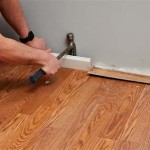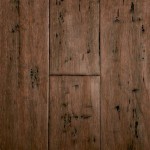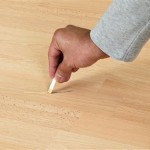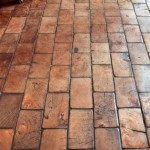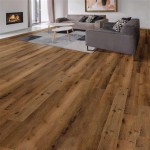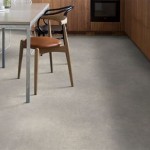Essential Aspects of Patio Flooring Wood Tiles: An Extensive Guide
Patio flooring wood tiles offer an elegant and durable solution for enhancing outdoor living spaces. These tiles seamlessly combine the timeless beauty of natural wood with the practicality of advanced materials. In this comprehensive guide, we will delve into the essential aspects of patio flooring wood tiles, providing valuable insights to help you make an informed decision for your outdoor oasis.
1. Material Composition
Patio flooring wood tiles are typically made from either natural hardwood or composite materials. Natural hardwood tiles provide the authentic look and feel of real wood, offering unparalleled durability and resistance to decay. Composite wood tiles, on the other hand, are engineered from a blend of plastic and wood fibers, resulting in a more cost-effective and low-maintenance option that is resistant to moisture and fading.
2. Installation Methods
Patio flooring wood tiles can be installed using two primary methods: surface mount and pedestal system. Surface mount involves adhering the tiles directly to the existing patio surface, providing a seamless and secure installation. Pedestal systems, on the other hand, elevate the tiles off the ground using adjustable pedestals, creating a level surface while allowing for drainage and ventilation.
3. Design and Finishes
Patio flooring wood tiles come in a wide array of designs and finishes, allowing you to customize the look of your outdoor space. From traditional hardwood colors to contemporary grey tones, there is a tile to complement any aesthetic preference. The tiles may also feature embossed or textured surfaces, adding visual interest and providing a non-slip surface.
4. Durability and Maintenance
Patio flooring wood tiles are designed to withstand the elements, offering superior durability against fading, moisture, and impact. Natural hardwood tiles require periodic sealing to maintain their natural beauty, while composite tiles are virtually maintenance-free, only requiring occasional cleaning.
5. Drainage and Ventilation
Proper drainage and ventilation are crucial for the longevity of patio flooring wood tiles. Installing the tiles using a pedestal system or creating a sloped surface allows rainwater to drain effectively, preventing water accumulation and potential damage. Ensuring adequate ventilation by leaving gaps between the tiles or using a perforated underlayment promotes airflow, reducing the risk of moisture buildup and mold formation.
Conclusion
Patio flooring wood tiles offer an exceptional combination of style and functionality for outdoor living spaces. By carefully considering the material composition, installation method, design, durability, and drainage requirements, you can choose the perfect tiles to elevate your patio and create a welcoming and inviting retreat for years to come.

2024 Outdoor Flooring Trends 10 Ways To Upgrade Your Space

Wpc Wooden Plastic Composite Diy Interlock Decking Floor Tiles Slabs Gardensingapore Com

A Complete Guide To Balcony Flooring Design Cafe

Patio Decking Deck Tiles Outdoor Furniture Braid Rope Wicker Wood Aluminium Luxury Luxox

Outdoor Wood Deck Tile Contemporary Courtyard Chicago By Home Infatuation Houzz

Arrak Wood Deck Tiles Look For Outdoor Floors

Wooden Deck Flooring Wpc Decking Tiles Suppliers Manufacturers Exporters

Outdoor Flooring For Gardens Minimalist And Inspired By Scandinavian Design Or Worn Marked Ti Patio Wood Tiles

Btmway 1 Ft X Square Interlocking Acacia Wood Quick Patio Deck Tile Outdoor Checker Pattern Flooring 20 Per Box Cxxcp20 Gi82667w685 Tile01 The Home Depot

Real Wood Deck Tiles Parquet Grass Warehouse
Related Posts


